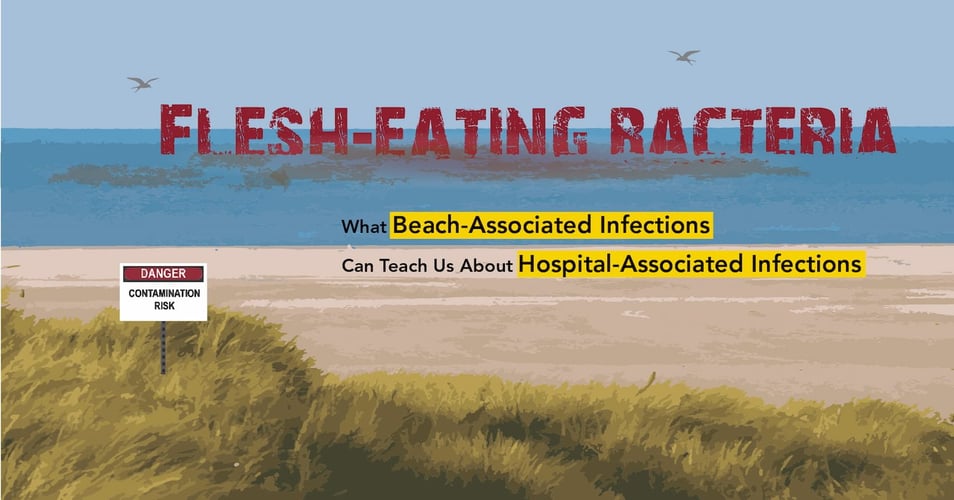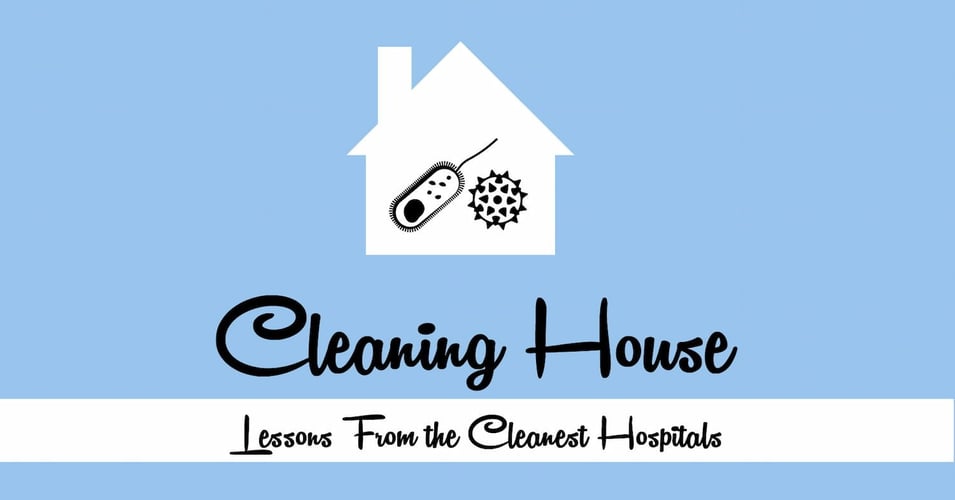4 Action Items to Stop Candida Auris: What Do We Need Now?

According to Dr. Meghan Lyman, lead author of a study on the rapid increase of Candida auris cases in the United States, there are 4 action items needed to address this growing threat. In today's post, we will look at how the US is rising to the challenge, and what could still be done to help keep our most vulnerable citizens safe.
1. "Continued surveillance"
Currently, Candida auris is a "nationally notifiable condition" and is reportable in states with outbreaks through the National Notifiable Diseases Surveillance System. The Centers for Disease Control and Prevention (CDC) recommends that samples be identified to the species level due to the various antibiotic resistance that can be present. Surveillance allows state and local health departments to monitor cases and alert the CDC to possible outbreaks. Surveillance is tracked by the CDC's Mycotic Diseases Branch.
2. "Expanded lab capacity"
Candida auris is currently only identified via laboratory test. Through the CDC's AR Lab Network, samples are tested free of charge, but independent laboratories are also capable of testing, especially in areas with increased demand, but only using the CDC protocols, as no commercial testing is currently available. The CDC recommends real-time PCR if available, as this method is accurate and fast. Culture-based tests are also available. When Dr. Lyman recommends expanded lab capacity, she means that more labs equipped with the resources and training required for accurate testing would allow for faster results and earlier response to outbreaks.
3. "Quicker diagnostic tests"
Quicker, in this case, means faster than the few days to 2 weeks it currently takes to diagnose Candida auris via culture test. If more laboratories were equipped with PCR testing, which gives results in the a few hours. PCR equiement, and especially the pathogen-specific primers required for Candida auris, can be cost-prohibitive. According to a 2021 study, ready-made reagents for PCR testing may help help bridge this financial gap, while many manufacturers are working on ways of altering the test with less expensive ingredients which provide the same level of accuracy. Another aspect of diagnosis, especially with Candida auris, is the antifungal resistance of the species identified. The faster these results get back to the practitioner, the faster the patient can receive the treatment that is most likely to kill the fungal infection.
4. "Adherence to proven infection prevention and control"
Because Candida auris survives for weeks on surfaces, it presents a unique threat to vulnerable patients in long-term care facilities. However, there have been outbreaks linked to dialysis clinics and outpatient settings, where many different people use the same spaces and touch the same surfaces. While Dr. Lyman is referring to traditional methods of infection prevention and control (hand hygiene, disinfection, use of personal protective equipment), there are other proven infection prevention and control interventions that could be of particular use with Candida auris. Preventive biocidal surfaces, such as copper-infused EOScu and copper alloys, are capable of continuously killing pathogens all day, between routine disinfection. This means that even in high-touch surfaces in high-traffic areas can have surfaces that are constantly killing pathogens before they have a chance to reproduce, colonize, or form an infective reservoir. Nursing homes, long-term care facilities, and other residential healthcare locations are uniquely vulnerable to Candida auris spread, and are therefore prime candidates for this type of environmental intervention.
We are fortunate to live in a country where dozens of laboratories and researchers are investigating Candida auris, tracking outbreaks, creating treatments for resistant strains, recommending mitigation protocols, and bringing attention to what we can do to remain safe. It is our job to pay attention to this advice and take the needed steps to protect our most vulnerable loved ones. One such step is making sure their healthcare facility has the most up-to-date information about the preventive biocidal materials they could be using! If you have a loved one receiving treatment in a long-term care facility, ask if they have preventive biocidal surfaces! (And if they don't, let us know so we can reach out to them!)
![EOScu Logo - Dark - Outlined [07182023]-01](https://blog.eoscu.com/hubfs/Eoscu_June2024/Images/EOScu%20Logo%20-%20Dark%20-%20Outlined%20%5B07182023%5D-01.svg)

![[infographic] The Spread of C. auris Map Download and share!](https://no-cache.hubspot.com/cta/default/216314/interactive-178544857945.png)



![Outpatient Services and Infection Prevention: What We Don't Know is Hurting Us [Part 3]](https://blog.eoscu.com/hs-fs/hubfs/Small_Blog_Headers/Outpatient_Services-01.jpg?height=500&name=Outpatient_Services-01.jpg)